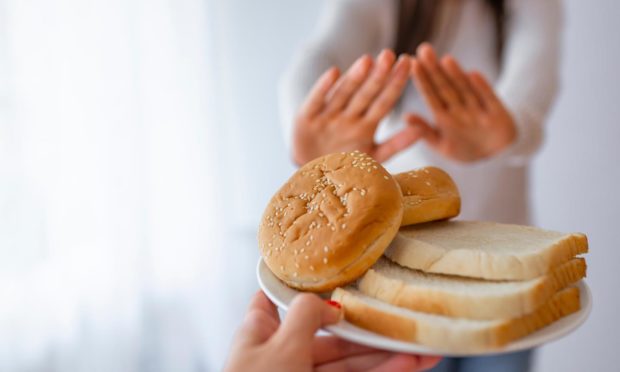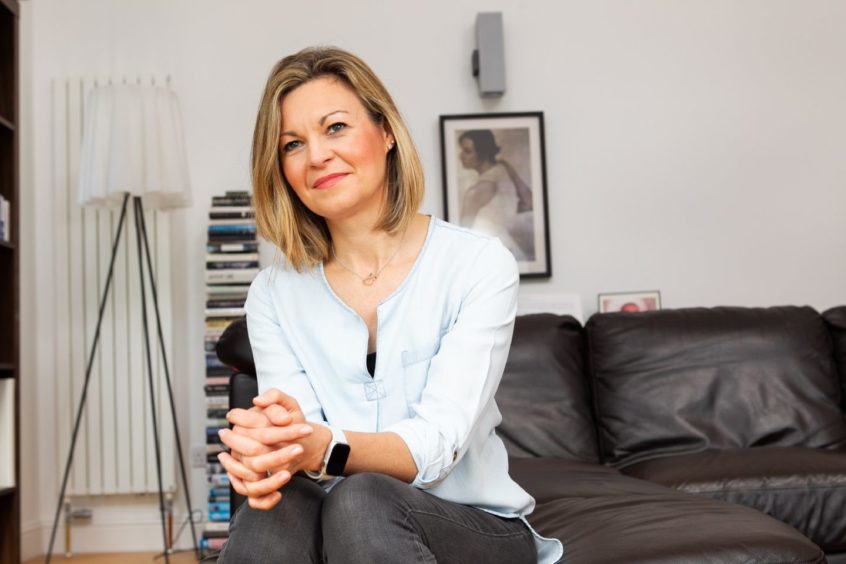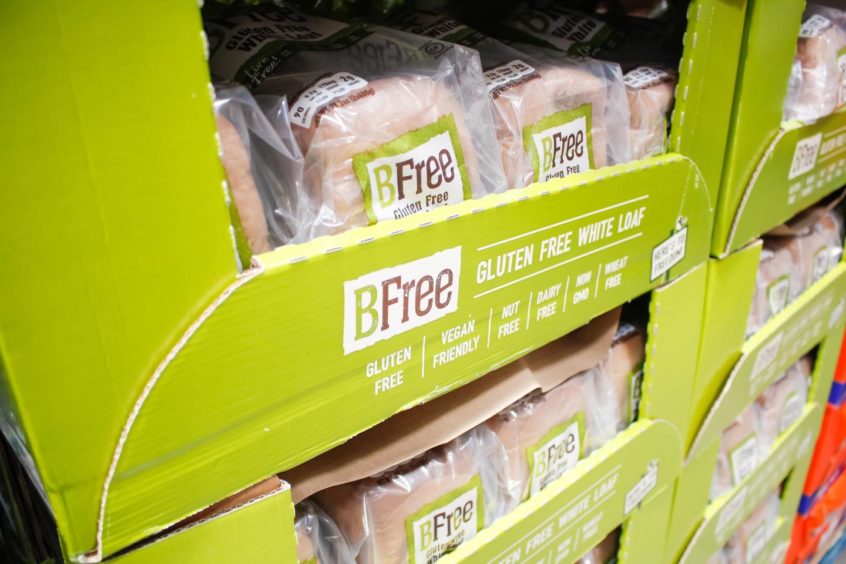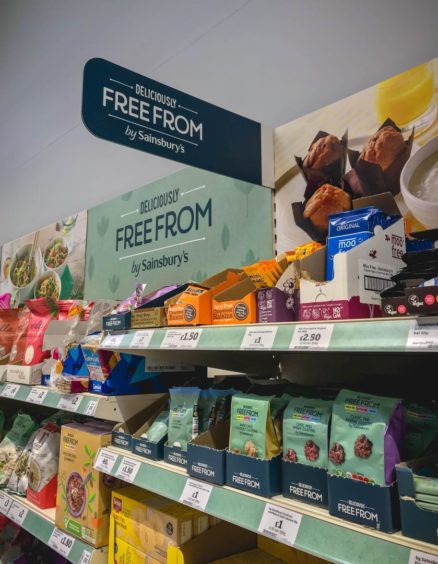As May 10-16 is Coeliac Awareness Week, Rebecca Shearer has spoken to two foodies about how the disease has affected them and what the challenges are when it comes to trying to navigate restaurant menus.
Across Scotland, hospitality opened its doors again to hungry customers on April 26 and, for many, its been a revelation and a joy – being able to have food cooked for them when they’ve spent almost a year locked down in their own kitchens.
But for those who suffer from coeliac disease, an autoimmune illness that causes sufferers to have an allergic reaction whenever they consume food containing or that has been contaminated with gluten, home cooking is often their only option.
As Coeliac Awareness Week takes place across the UK, we’ve spoken to two self-confessed foodies who are impacted by the disease in different ways, but face the same challenges as every sufferer of the illness.
Recently diagnosed
Gail Gerrie, who is 36 from Aberdeen and works for the NHS, was diagnosed with coeliac disease a year and a half ago.
Though she was already making many of her meals from scratch already, Gail has found that her usual eating habits had to change at home as she began cooking gluten-free versions of meals for herself and non-gluten free for her family.
Gail says: “I’ve had my diagnosis for 18 months now. My eating habits had to change a lot when I first got diagnosed. I was always making meals from scratch anyway, but now I have to make two versions as my other half and daughter don’t like gluten-free stuff.”
Restaurants could do more
One of the main challenges faced by many who suffer from coeliac disease, including Gail, is finding suitable food they can eat in restaurants and cafes, with supermarkets also being hit or miss when it comes to buying gluten-free products.
She continued: “I’ve found that a lot of restaurants and cafes have started trying to blame Covid-19 for not being able to get in any gluten-free items, even though it has said they have some on their menu and highlighted during the booking.
“We’ve got as far as going to these restaurants, actually sitting down at a table, ordering and then the kitchen saying they don’t have anything other than a baked potato.
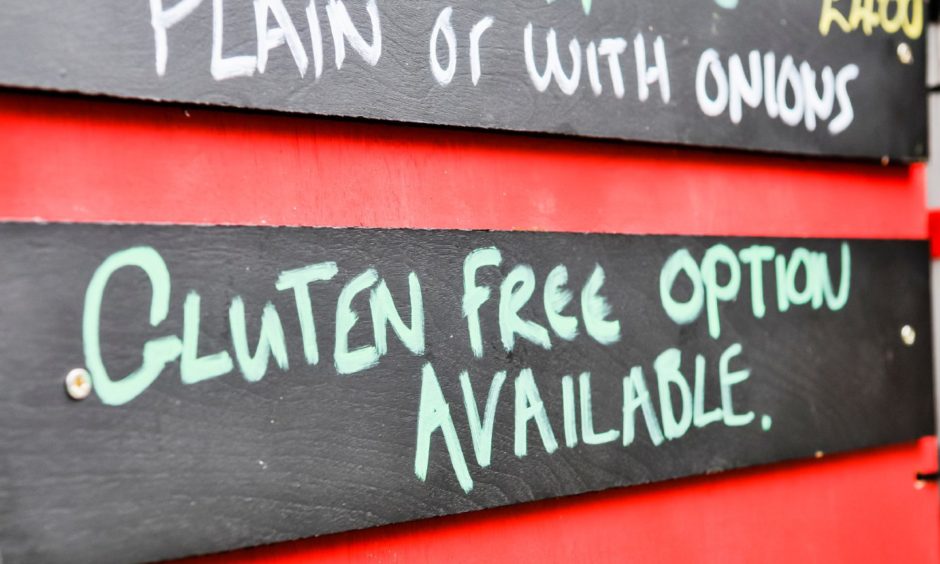
“In terms of variety in gluten-free products, it depends on which supermarket you go to. Some of them are amazing and you could happily live off everything there, but the next one you go to might just have one dish.
“The only thing I get through prescription is flour, simply because it’s a nightmare to try and find any in Aberdeen. Everything else I can get locally now and I’m not having to rely on Amazon etc. quite so much for deliveries now.”
Going abroad
It’s not just challenges on home turf that those with coeliac disease face as travelling abroad can also make it much harder to find suitable food, though Gail has had some success with her travels since being diagnosed in 2019.
She added: “Before my diagnosis I was on a gluten-free diet and managed to travel abroad with it. I went to Greece and, because I speak Greek fluently anyway, I was able to speak directly to the kitchen staff without having to worry about there being a language barrier. That was the same when we went to local restaurants, but I think if I was to go to a different country, it might be more worrying for me.
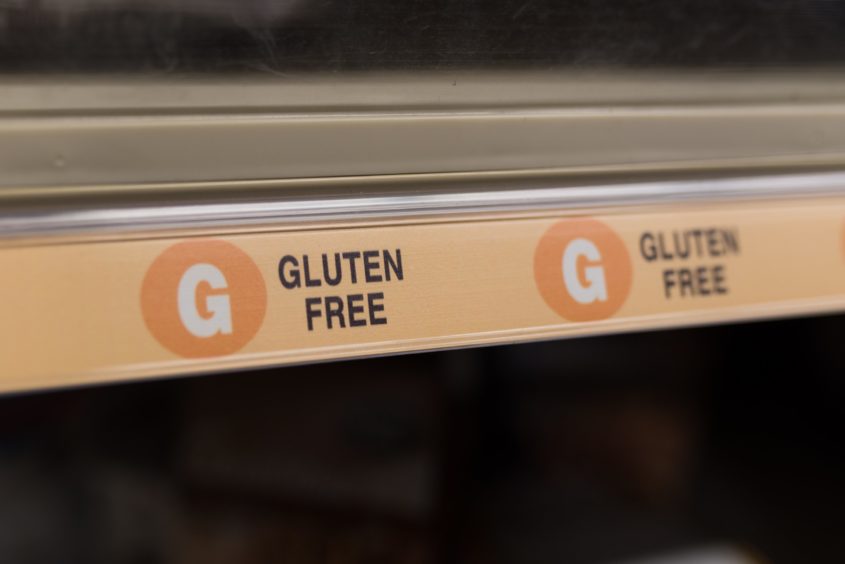
“It’s generally quite a healthy veggie-based diet that we have at home, though during the week I think I eat about a 50/50 split between meals that require a gluten substitute and those that don’t.”
Not enough awareness
In terms of there being awareness about what coeliac disease is among the general public and in some supermarkets, Gail feels there is much more that can be done.
She said: “There’s definitely not enough awareness out there for coeliac disease. After my diagnosis I hounded all my friends with it so that when we did go out to a cafe or restaurant they knew we had to quiz the kitchen staff before I got anything to eat. They’ve become used to it now and they also tell their friends and family.
“Also, if my friends have been out shopping somewhere and they spot a great gluten-free product, they’ll ask me if I’ve seen it before.
“Trying to get more people to think like that would be great. I think because eating gluten-free used to be a fad diet, a lot of people assume that I’ve jumped on that bandwagon and never fallen off. But I know some places such as Marks and Spencer have pulled all of their gluten-free range, or are starting to, in favour of the vegan diet.
“That just means I can’t shop there anymore as there is no point in going there to get one dish. But they don’t seem to understand there that it’s not an option, that I don’t choose to do it. I’d love to go and eat normal food because it’s much cheaper and easier.”
Mother with a coeliac son
Meanwhile, Clare Johnston, a journalist in Edinburgh and a mother of two has a 14-year-old son who was diagnosed with the disease in 2019. To make it easier for him, the whole family tries to stick to a gluten-free diet at home, though she finds it especially difficult with her son having received the diagnosis at such a young age.
Clare said: “Our whole family, more or less, has to follow a gluten-free diet in the house because one of us has been diagnosed with coeliac disease and I have a niece who has it too, so family gatherings are always gluten free.
“What I didn’t want to do was buy things like packets of Oreo cookies and everything that my son with coeliac adores and have him look at those things every day in the house and know he can’t have it.
“It’s been about a year and a half since he was diagnosed, as I think it was in October 2019. It was really difficult for him to get a diagnosis and know that a lot of the things that he loved were off limits. So, rightly or wrongly, we did agree with his doctor that, because he’s a teenage boy, every now and then he can have a glutinous treat. That is what makes it bearable for him, so from time to time he has a McDonald’s or a Krispy Kreme doughnut.
“Otherwise, we’re pretty much gluten free in the house, which means we have to cook a lot more and think a lot more about what we’re eating. But, in the main I’ve got to say that all of the stuff that he loves, like spaghetti Bolognese and even pizza, you can make them all gluten free just as easily.”
Food on prescription
People who have been diagnosed with coeliac disease are entitled to get a certain amount of gluten-free food on prescription, though a lot of this is limited.
Clare adds: “You get a long list of items of things such as pasta, bread, real basic things. When you’re first presented with this list you think ‘I don’t know any of these products, what do I pick?’ so I went for the pastas etc.
“Then, we put in an order every month, but over time I started ordering this multi-purpose white flour mix. The one I prefer is from Glutafin from Schar. You can substitute it for anything – you just take any recipe that requires flour and use this in roughly the same quantity, and it does a brilliant job.
“It’s great stuff that I never would’ve known about before. I get enough of that with the monthly order to keep me going but I looked to see if you can buy it outwith the prescription we get it on and it was £10 on Amazon! I’ve looked at quite a lot of sources of it and it’s really expensive. That’s what you’re up against when eating gluten-free – stuff is so much more expensive.”
Similarly to Gail Gerrie, Clare finds it difficult to manage her son’s diagnosis when the family are eating out in restaurants, with supermarket options also proving to be a source of frustration.
She continued: “We have to really think ahead when we’re going to restaurants. We have a few favourites where we know that we can order gluten-free really easily, Wagamama for instance is a favourite, and there’s a gluten-free dish that my son enjoys there. But it does limit you.
“Most things we get in the supermarket and I find it a wee bit frustrating in that there’s a gluten-free section. If you go to the big supermarkets then they will have a reasonable amount of choice in the gluten-free section, but what I would prefer is, just like when I do all the rest of my shopping, it would be easier if they had a gluten-free pizza option in with the rest of the pizzas.
“The same with bread and pasta – that would be a better way of doing it and I suppose it would encourage the stores to ensure there is a gluten-free option for every choice.
“I also find cereals a bit disappointing, for instance the big stores will do a gluten-free Rice Krispies but the local Tesco don’t have that in their gluten-free range. Rice Krispies are like an everyday basic cereal, so why have they got chocolate pops instead? It’s maybe due to demand but things like that annoy me a bit, that you can’t just get the basics at the local shop. Thank goodness that chocolate and ice cream are gluten free!
More to be done
Also, when it comes to awareness of the disease, Clare feels that more needs to be done, especially in restaurants.
She says: “There’s probably not enough awareness out there about coeliac disease. I’m sure when my son was diagnosed, the dietician seemed to suggest to me that a lot more people had coeliac disease than had actually been diagnosed. So I think there could be a bit more awareness of it on that level.
“I think a lot of people have heard about coeliac disease by now but if you asked people about what happens they’ll probably say it’s an allergy and not be aware it’s actually an auto-immune condition.
“More awareness about it might encourage more people to seek a diagnosis and then might lead to others being more aware about what they put on their menus. Most restaurants, to be fair to them, do have a gluten-free option, but for kids that’s not always ideal.”
